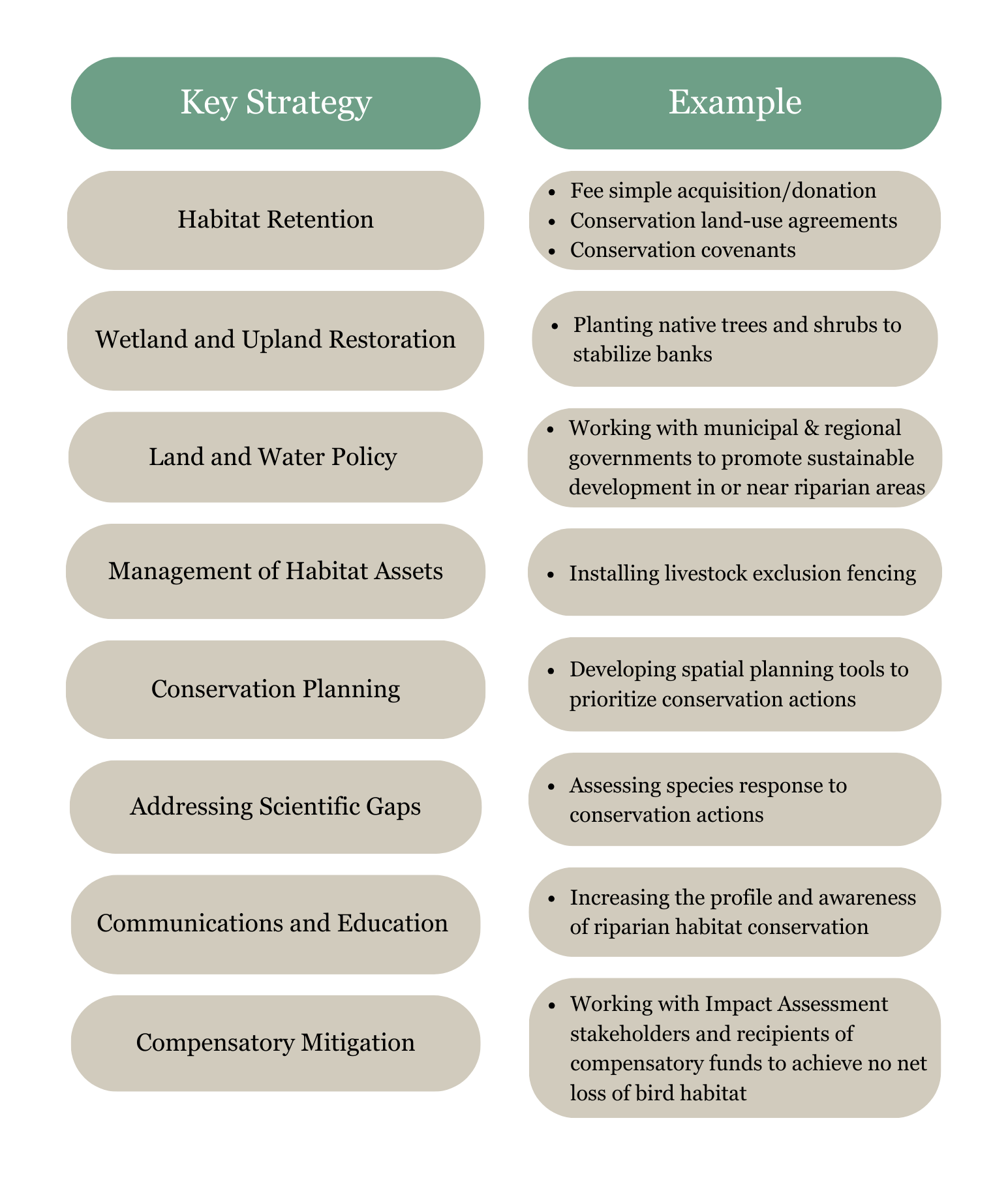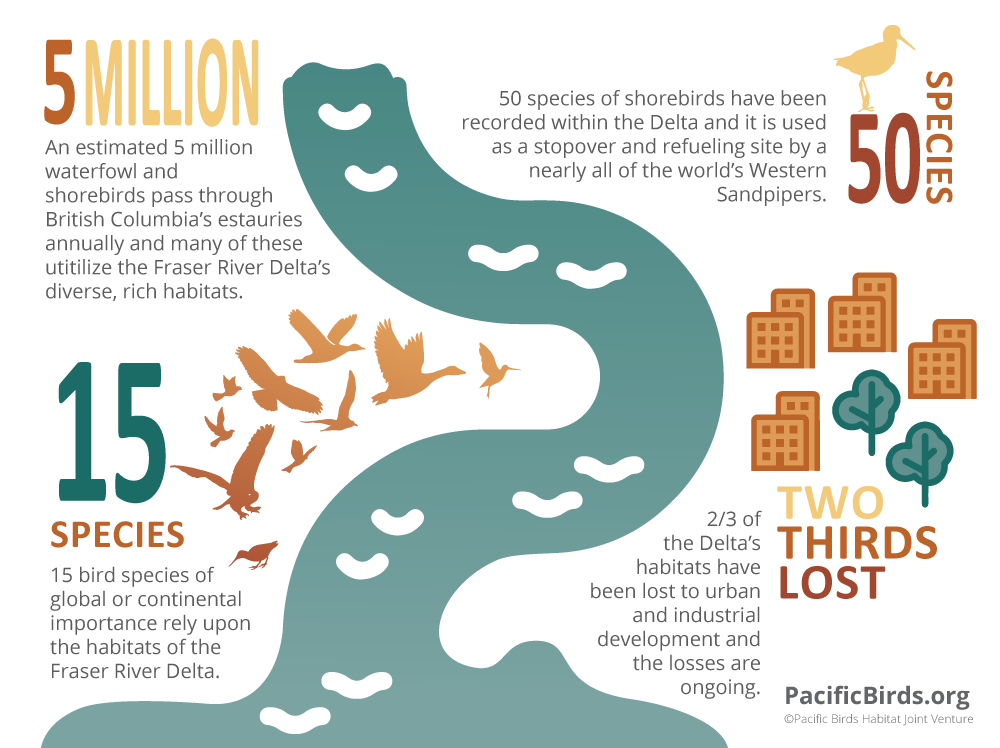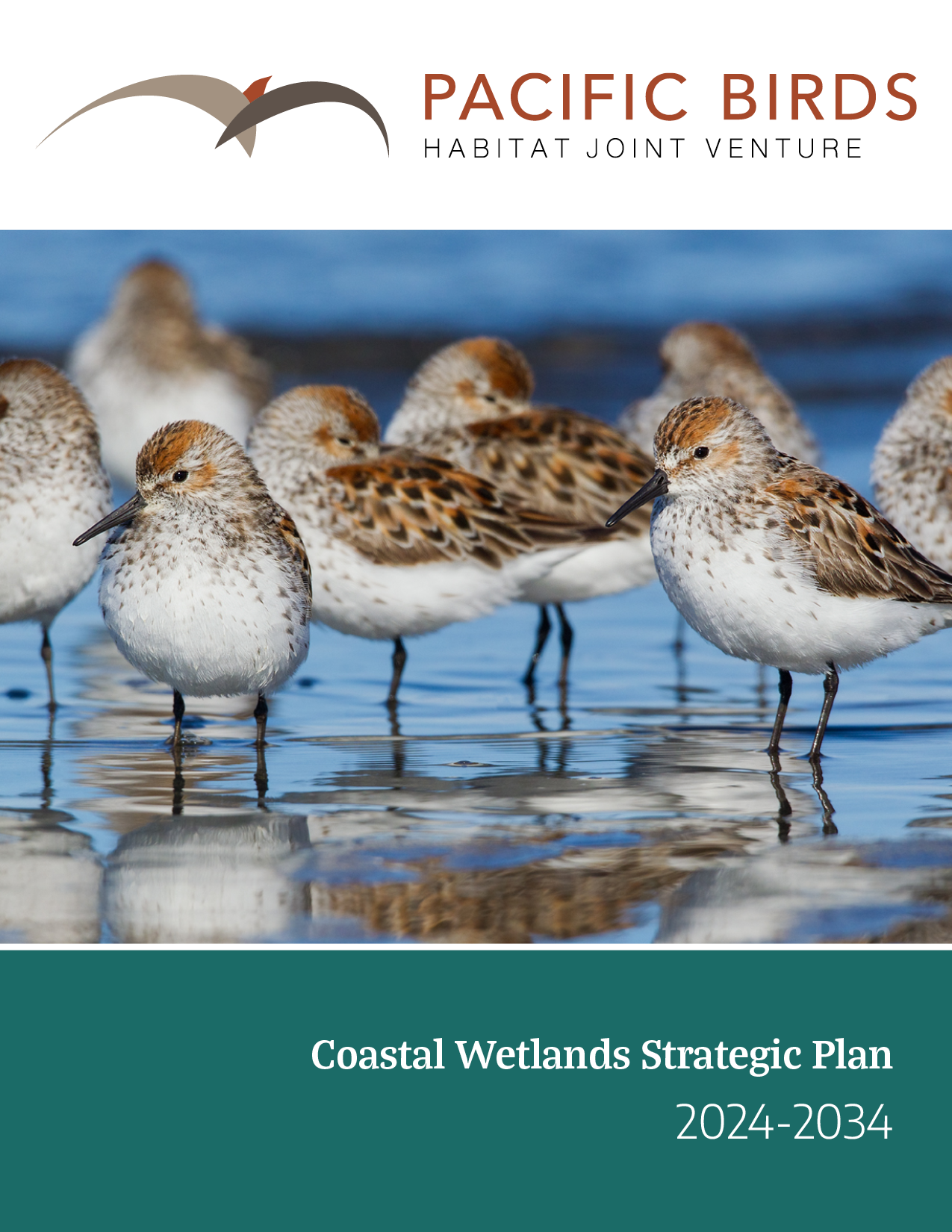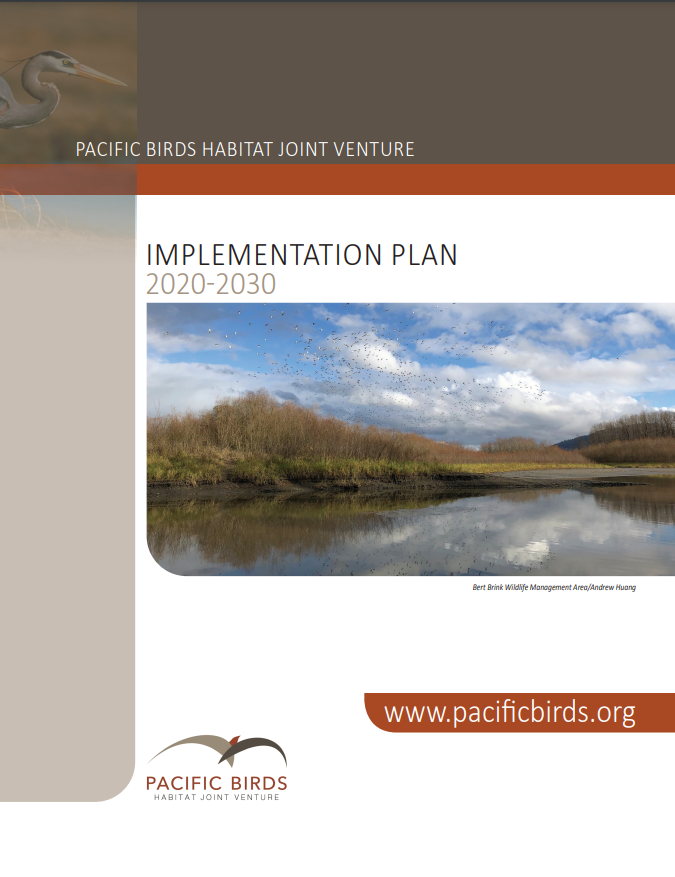Coastal wetlands are among the most productive ecosystems on Earth, providing clean water, increased resilience to climate change, and billions of dollars in recreational and economic benefits annually.
The coastal wetlands along the northern portion of the Pacific Flyway create an ecological network critical to migratory birds–the Yukon-Kuskokwim Delta, the Copper River Delta, the Fraser River Delta, Puget Sound, the Columbia River Estuary, and Humboldt Bay among the largest. All along the flyway, coastal wetland habitats including tidal wetlands and mudflats, eelgrass, and freshwater wetlands are used by millions of migrating birds to breed, rest, refuel, and overwinter. These areas provide essential habitats for a diversity of wildlife species and are highly valued by human communities for hunting, fishing, birding, and cultural and recreational activities. Adding to the diversity of wildlife are 190 species of waterfowl, shorebirds, waterbirds, and wetland-associated landbirds that call this geography home.
By working together to conserve healthy wetlands and ecological processes in coastal ecosystems, we can help ensure birds, other wildlife, and people thrive in abundant and biodiverse habitats that are safeguarded for future generations. Pacific Birds work in coastal wetlands in the Pacific Northwest and Alaska is guided by a conservation priority committee and a Coastal Wetlands Strategic Plan. In B.C., our activities are coordinated by a Steering Committee that includes representatives from its major partners and the Pacific Birds B.C. Implementation Plan.
The Case for Conservation
Threats
Estuaries and coastal freshwater wetlands have been significantly altered by urbanization, development, and industrialization, putting species at risk and decreasing the resilience of human communities. These habitats have been significantly reduced or degraded in most areas outside of Alaska and northern British Columbia. Additional threats include introduced and invasive species and pollution. As we look to the near future, sea level rise and increased flooding and storm surge will dramatically alter coastlines – and how people and wildlife use coastal lands and waters.
Supporting Biodiversity
Coastal wetlands encompass a variety of habitats, including estuaries, tidal and subtidal flats, marshes, swamps, and freshwater wetlands, all unique and productive environments. These habitats serve as vibrant feeding grounds and nurseries for numerous species of birds, fish, mammals, invertebrates, and other wildlife.
Benefits to Birds
Across the northern Pacific Flyway and beyond, coastal wetlands form a critical network of stopover sites for millions of migratory birds, which they use to breed, rest, refuel, and overwinter. When these habitats are lost or degraded, migratory birds lose vital parts of this network and have fewer safe places to land.
Role in Mitigating Climate Change
Coastal wetlands play an essential role in reducing the impacts of climate change, acting as natural buffers against storms, flooding, and sea level rise, by helping to absorb and dissipate the energy of waves, and by holding excess water during heavy rains and high tides. Wetland vegetation helps stabilize soil and prevent erosion along coastlines. Vegetated coastal habitats also efficiently trap suspended organic matter during tidal inundation, capturing carbon at a rate ten times greater than tropical forests.
Social and Cultural Benefits and Ecosystem Services
Coastal wetlands hold significant cultural value to Indigenous Peoples and local communities and are important for spiritual practices and well-being, cultural heritage, traditional harvests, and subsistence. Coastal wetlands also sustain commercial fisheries and shellfish farms and support recreational tourism. In addition, they provide several vital ecosystem services, improve water quality, and maintain the health of coastal ecosystems by filtering pollutants, sediment, and excess nutrients from water before it enters the ocean.
Urgency
Birds that overwinter in coastal areas are facing the steepest proportional losses; a third of shorebird species have experienced cumulative population losses exceeding 70% since 1980. Efforts to protect and restore coastal wetlands are critical to slow or reverse the decline of coastal birds.
Priority habitats
Four focal habitats were selected as priorities for the next ten-year phase to maximize the impact of limited resources and their high potential to support the current populations of priority bird species—this involved consideration of conservation needs, urgency, and partner engagement.
The focal habitats are:
- Tidal Wetlands, Intertidal Mudflats, Estuaries, Sandspits
- Eelgrass Meadows
- Freshwater Wetlands and Lakes
- Bird-Friendly Working Lands and Waters, including Agricultural lands
PLANS & STRATEGIES: The Coastal Wetlands Strategic Plan
The Coastal Wetlands Strategic plan identifies shared conservation strategies and actions, developed in collaboration with partners in Alaska and the Pacific Northwest, to catalyze positive change for Pacific Coastal wetlands in the U.S. over the next ten years (2024-2034). This work is based on a guiding principle that coastal wetlands are most effectively conserved through an approach that transcends political boundaries, regulatory jurisdictions, and public and private ownership to address habitat needs at an ecosystem level.
The plan describes overarching conservation strategies, priority coastal bird species, and associated population and habitat objectives that Pacific Birds and partners will focus on over the next ten years. Across the focal these habitats, several overarching strategies are identified to support conservation, each complemented by a suite of recommended actions:
- Protect and restore coastal wetlands and watershed function
- Build habitat and community resilience to climate change
- Strengthen monitoring, research, and knowledge transfer
- Increase awareness and engagement
- Increase funding and capacity
PLANS & STRATEGIES: The Pacific Birds British Columbia
Implementation Plan
The Pacific Birds British Columbia Implementation Plan (2020-2030)
In British Columbia, Pacific Birds partners co-developed a list of limiting factors for birds and bird habitat in the region and subsequently identified key strategies along with 5- and 10-year objectives. These include habitat securement, restoration, and management objectives to guide conservation actions in priority habitat types and for the conservation of priority species.
Human Dimension objectives were also developed to address knowledge gaps related to private landowners, governments, the general public, recreational users, and Indigenous communities. Pacific Birds partners will continue to evaluate progress through various habitat and population monitoring programs.
B.C. specific strategies are shown to the right.
Dig deeper into the objectives, strategies, and actions needed in coastal wetlands in the Pacific Northwest & Alaska in the Coastal Wetlands Strategic Plan and in British Columbia in the Pacific Birds British Columbia Implementation Plan 2020-2030.

BY THE NUMBERS: The Fraser River Delta
The Fraser River Delta, a crossroads for birds from three continents, is a major link in the Pacific Flyway network. It is a priority conservation area for Pacific Birds, due its importance to birds and the threats to the estuary’s habitats.


Contact Us about Coastal Wetlands:
Recent News about Coastal Wetlands and Estuaries
Connecting Science and Stewardship with eBird: An interview with Dr. Andrew Stillman
JV-eBird collaborators present at the 2024 American Ornithological Society Annual Meeting. From left to right: Laura Farwell (Pacific Birds), Orin Robinson (Cornell), Rebekah Rylander (Rio Grande JV), Andrew Stillman (Cornell), Ashley Peele (Appalachian Mountains JV). We recently had the privilege of speaking with Dr. Andrew Stillman of the Cornell Lab of Ornithology. He is part […]
What does Valentine’s Day have to do with birds?
What does Valentine’s Day have to do with birds? Apparently, a lot! As the story goes, Valentine’s Day dates back to medieval times when birdwatchers in France noticed many birds began mating around mid-February. They decided to designate a specific day-February 14th-to celebrate the beginning of the mating season. Whether or not this is the […]
The 2023-2024 Conservation Report: 8 Big Wins and More
The last year marked significant growth, strengthened partnerships, and progress toward shared conservation goals, with significant achievements across the Pacific Birds service area – from Alaska to coastal British Columbia, to Northwest California, and across the Pacific to the Hawaiian Islands. As we start the new year, join us in celebrating major conservation achievements in the Pacific Flyway.





